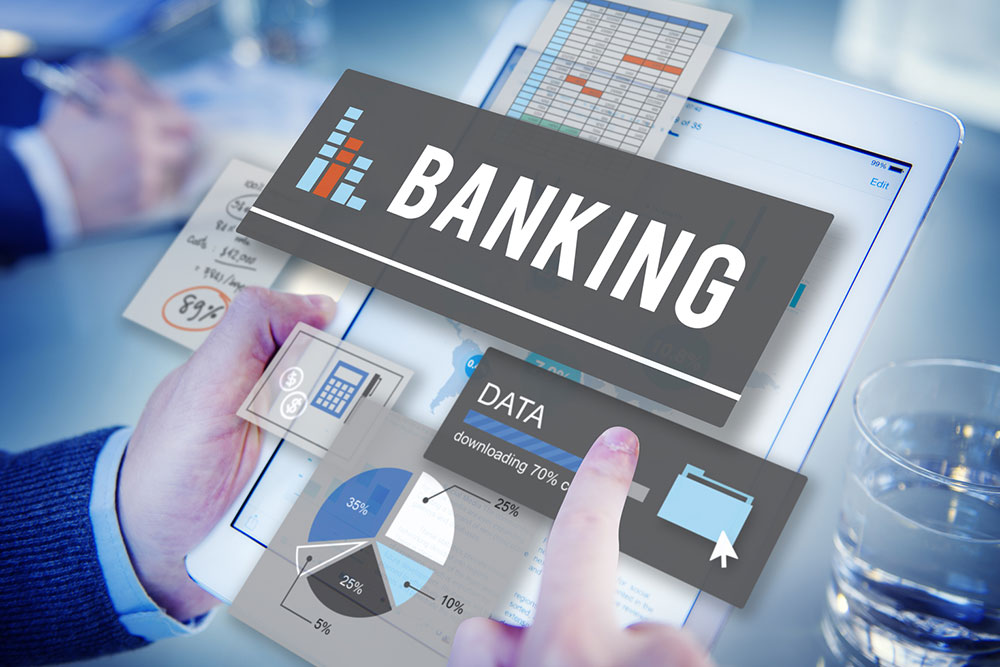
Understanding cloud accounting and its benefits
Cloud computing has transformed workspaces in more ways than one can imagine. This has also been felt in the realm of accounting with the advent of cloud accounting. The term refers to the practice of using accounting software that is hosted on safe, remote servers. This gives companies the ability to store and access their accounting systems, reports, and more from anywhere in the world. Read on to learn more about cloud accounting software and its benefits.
How does cloud accounting work?
Cloud accounting uses web-based software to complete all tasks, from recording income and expenses to managing and balancing the books. This is hosted on a SaaS (Software as a Service) business model.
To access this software, users need to log into an online solution that continues to update their work in real time. This reduces the hassle of installing, using, or maintaining individual desktop applications. It also allows employees across departments, branches, and locations to quickly access the same data for smooth, seamless functioning.
How is it different from traditional accounting?
Cloud accounting manages the same functions as traditional accounting – bookkeeping, record maintenance, report-making, etc.
Traditional accounting requires the installation of a special application on the desktop. Anyone who wanted access to this data likely needed to install the right software or be within close proximity of the server. Since this information was only available in one (or two) locations, it was also more vulnerable to loss or damage.
Cloud accounting completely does away with some of these issues. With cloud-based software, it is now much easier to collaborate on tasks and work in real-time, reducing the risk of errors. These flexible accounting solutions are also equipped to handle multi-currency and multi-company transactions easily.
What are the benefits of cloud accounting?
Cloud accounting software companies have gained firm footing within the industry, and for good reason. Here are some of the benefits they offer:
1. Automation
With cloud accounting, companies can link bank accounts to the accounting system. By doing so, the transactions post automatically, eliminating the need for manual data entries. They can also be used to automate account reconciliations and match bank statements to invoices and ledgers, making way for a hands-off accounting experience.
2. Accessibility
Next, the process is made much more accessible to all. With an internet connection, web browser, and login credentials, employees can log in from anywhere, using any device (even their phones) to access the data. They do not need to rely on downloaded applications or software to look up information or complete their work.
3. Growth
When using traditional accounting software, scalability can be limited. With cloud accounting, however, companies can expand this space as their business grows, even without new hardware purchases.
4. Reduced expenses
According to certain studies, companies that adopt cloud technology spend less than others. Since low overhead costs are important to ensure the profitability of any business, this shift to cloud computing can provide an immense boost.
Additionally, this software also reduces the administrative workload on the team. Since the software is being accessed via the internet, there is no need to buy or manage servers or rely on other IT infrastructure to maintain one’s accounts. Moreover, there is a reduced need to perform regular backups of important financial data.
5. Data security
One of the main concerns companies have when shifting to third-party or cloud-based accounting systems is data security. Top-league cloud software vendors subscribe to extensive security protocols, which far supersede those of traditional accounting systems. This ensures data security.
Additionally, providers regularly update the data at remote locations, keeping it safe even in the event of natural or man-made disasters.
6. Team collaboration
Access to the data can be shared across the team without the need for a gatekeeper. This allows the team to function seamlessly. For instance, if someone from the marketing or sales department needs to look at last quarter’s numbers, they can easily do so without needing to approach the accounting team. This builds transparency and visibility within the organization as well.
7. Seamless implementation
Moving to a cloud-based accounting system takes no time at all. Since there is no need for special hardware or software installation, it is quick to set up and use. Software providers have also developed efficient, easy-to-understand guides, reducing the need for multiple training sessions with the team.
8. Auto-updates
Cloud accounting also ensures that clients always have the most updated version of the software. Changes to tax and accounting rules, computation, and other features are routinely updated at the provider’s end.
9. Paper-free
Traditional accounting systems require a lot of paperwork and bookkeeping, which can create a lot of clutter. This issue is resolved entirely by cloud accounting systems. Vendors can send in electronic invoices, which are updated directly to the cloud. Online invoices can significantly reduce printing and mailing costs and allow quicker payment processing. This also has a large-scale environmental impact, minimizing the amount of paper waste, printer cartridges, and energy consumption monumentally.
10. Customization
Cloud accounting providers know that one size does not fit all. They generally provide customizable solutions that can be adjusted based on the company’s current and future needs. With these tailored solutions, it is possible to create a seamless workflow, along with personalized dashboards and other metrics that may be deemed necessary for smooth, effective, and efficient functioning.


